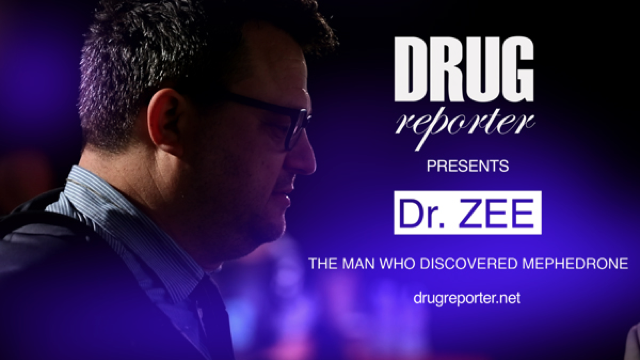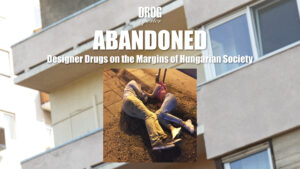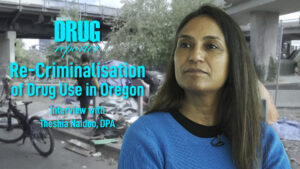Watch our video interview with the man who discovered Mephedrone, the drug also known as Meow-Meow!
Mephedrone (or as chemists call it, 4-methylmethcathinone) is a stimulant drug, first synthetised in 1929, but which did not become known to the wider public until it was rediscovered in 2003 by a man who calls himself Dr. Zee. Is he the “Crazy Chemist” depicted in government-led anti-drug campaigns, using young people as lab rats for testing his substances? Why is he experimenting with unknown substances? Was it his intention to sell these drugs to millions of young people? Does he feel guilty for the harms caused by mephedrone, the deaths, the suffering? The Drugreporter video team met him in New Zealand in March this year, and took the opportunity to carry out an exclusive interview with him and ask these questions. Our aim was neither to judge nor to justify him – just to show the man behind the discovery of mephedrone.
Although the role of psychonauts like Dr. Zee is relevant, it is equally important to be aware of the systemic factors behind the rise of legal highs. Mephedrone might never have become so popular among young people, if the Ecstasy market had not collapsed in 2008, creating a strong demand for a substitute party drug. The emergence of so-called legal highs (or new psychoactive substances) is associated with the failure of the prohibition system itself: while suppressing the supply of one drug may appear successful, this only creates a demand for another cheaper and more accessible one. The fluctuation of drug markets is itself a risk. When a drug with known psychopharmacological properties is replaced with a new, unknown substance, it is inevitable that the harms arising from use will increase, as well as moral panic generated by the media. Paradoxically, the media hype around legal highs such as mephedrone was of considerable assistance to those wishing to market these substances. Smart businessmen identify the loopholes of drug laws, and design new drugs that are still not listed among controlled substances. Factories in China and India produce tonnes of these designer drugs, to be shipped to Europe and marketed through the internet. Lawmakers are always one step behind. In most European countries mephedrone has now been outlawed and replaced by other legal highs, it is still available on the black market.
Read Drugreporter’s report on how governments responded to legal highs below:
Posted by Peter Sarosi
Video by Istvan Gabor Takacs





